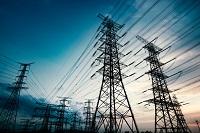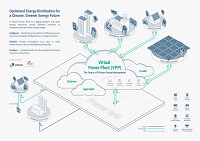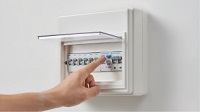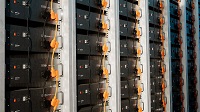Reply from EMA
8 Nov 2010
In “Can smart meters really help?” (Nov 2), Mr David Boey expressed concerns about the cost of smart meters and wondered whether such meters would lead to changes in consumer behaviour.
We agree with Mr Boey that information from smart meters alone will not be sufficient to influence consumption behaviour. It is also necessary to have variable pricing of electricity, for example, between peak and off-peak periods, so that consumers will have the correct incentive to adjust their habits and shift their consumption patterns.
In 2009, EMA carried out a proof-of-concept trial of smart meters and variable pricing with about 400 residents from Marine Parade and West Coast. The residents on the trial shifted their consumption from peak periods (when electricity prices were higher) to off-peak periods (when prices were lower), and enjoyed some savings in the process. These findings are consistent with the results of smart meter trials in other countries like the US and Canada. If such shaving of peak demand can be done on a larger scale in Singapore, we will reduce the need for new power plants and grid expansion, thus lowering the overall costs in the power system.
Mr Boey calculated that the $30 million Intelligent Energy System (IES) pilot, involving around 4,500 residential, commercial and industrial consumers, will cost $6,667 per consumer. This cost attribution is inaccurate. The installation of smart meters forms only one component of the IES pilot. The other components of the pilot include basic infrastructure improvements that would benefit all consumers, including the ability to better manage supply outages and to enhance the efficiency of grid operations.
However, Mr Boey is right that the smart meters are still more expensive today than the existing electro-magnetic meters. The Energy Market Authority recognises that the costs of these meters may be an issue for households, and is therefore looking at ways to reduce this cost. Mr Boey’s suggestion to aggregate groups of households under a single smart meter is one solution, but there may be other possibilities. This is why we have embarked on the pilot to further evaluate the costs and benefits of the IES, and to work out the most cost-effective way of implementing the IES on a larger scale in future.
Juliana Chow
Deputy Director (Corporate Communications)
Energy Market Authority
Can smart meters really help?
2 Nov 2010
Source: Today
The Energy Market Authority is implementing a $30-million pilot project for the Intelligent Energy System which will involve some 4,500 residential, commercial and industrial consumers.
With its advanced metering infrastructure, or smart meters, the IES will provide the following benefits to households: Choice of electricity retailer and pricing plan, more information to monitor and manage energy usage, and better control of major home appliances to reduce energy usage.
Many of us may be curious about our electricity consumption. But for most, it is a one-time exercise - once we find out how much electricity each appliance uses, that's it. We do not constantly monitor our electricity consumption in real time. Once every two months, when our meters are read, is often enough.
Most, if not all, of us know how to reduce energy consumption. The challenge is whether we are prepared to change how we use our appliances. If we want to change, it will not be because the smart meter tells us how many kilowatt-hours we can save by, for example, raising the air-conditioner temperature setting - we know we will use less energy the higher the setting. What matters is the setting we can accept.
Most of us cannot or will not substantially change our energy consumption pattern because it is tied to our lifestyle. For those who use the air-conditioner when they go to bed or those who need to sun their laundry after washing, it means nothing if electricity is cheaper at other times of the day.
Having similar consumption patterns over the course of the day and having no bargaining power individually, the majority of households may find the electricity pricing plans not differentiated enough to offer meaningful choice.
Smart meters will help the power grid operator detect localised outages quickly but only fractionally faster than feedback from affected consumers.
Individual smart meters may be nice to have but the reality is that consumers have to bear the cost eventually, directly or otherwise. The pilot project costs $6,667 per consumer. What is the estimated cost to each household to fully implement the IES? Will the savings, if any, in household electricity billings ever be significant enough to offset the capital and operating costs of the IES?
A more practical way may be to install a single smart meter for each group of households in a neighbourhood (for example, strata-titled properties or blocks of HDB apartments). The councils of the strata-titled properties or the town councils of the HDB apartments can choose electricity retailers and pricing plans.
These bulk meters can provide the desired real-time feedback to the network operator, the electricity retailers and others. It's far simpler and more cost effective.
Mr David Boey















